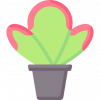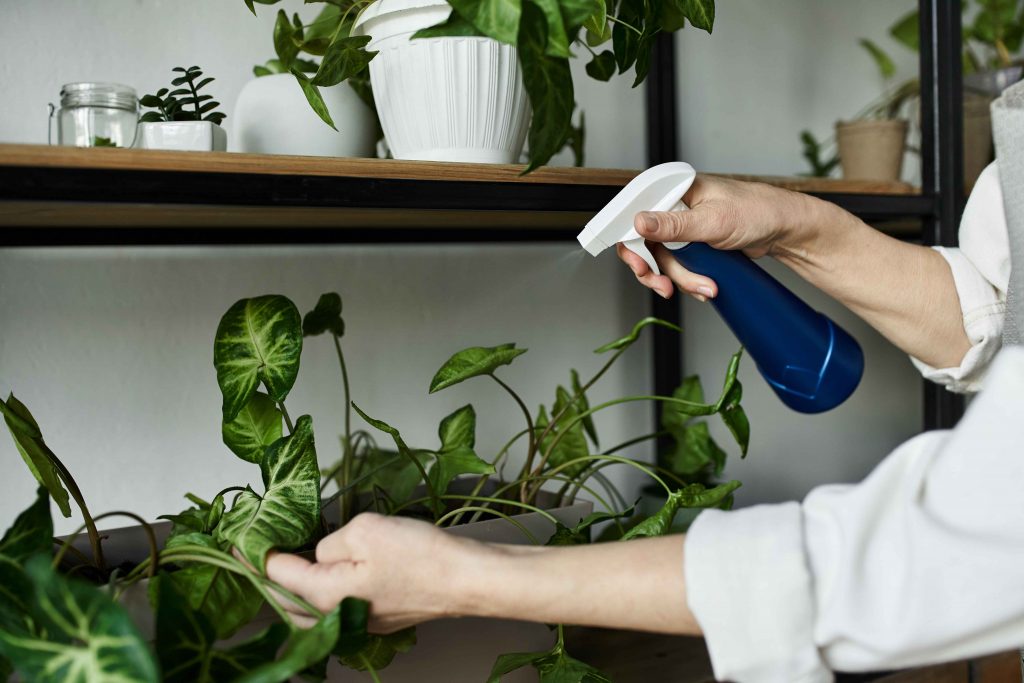One of the biggest challenges in indoor plant care is dealing with pests. Even the healthiest plants can attract unwanted visitors like spider mites, aphids, or fungus gnats. Recognizing the signs early and acting quickly is key to keeping your plants happy and pest-free.
This article will help you identify the most common indoor plant pests and provide effective, natural treatment methods.
Common Indoor Plant Pests
- Spider Mites
These tiny, spider-like insects are almost invisible to the naked eye but leave behind telltale signs such as fine webbing on leaves and stems. Infested leaves may become speckled, yellow, or dry and brittle. - Aphids
Small, soft-bodied insects that cluster on new growth, aphids suck sap from plants, causing leaves to curl and stunt growth. They also excrete a sticky substance called honeydew, which can attract mold. - Mealybugs
White, cottony masses on stems and leaf joints indicate mealybugs. These pests feed on plant juices and weaken the plant over time. - Fungus Gnats
These small flying insects are more annoying than harmful but indicate overly moist soil. Their larvae feed on organic matter and sometimes roots, which can damage young plants. - Scale Insects
Appear as small, rounded bumps on stems and leaves. They’re slow-moving but persistent feeders, secreting honeydew that attracts ants and mold.
How to Treat Plant Pests Naturally
- Isolate the Plant:
At the first sign of infestation, move the affected plant away from others to prevent spreading. - Manual Removal:
Use a soft cloth or cotton swab dipped in rubbing alcohol to remove visible pests like mealybugs and scale insects. - Insecticidal Soap:
A gentle, plant-safe solution that can be sprayed on leaves to kill aphids, spider mites, and other soft-bodied insects. - Neem Oil:
A natural pesticide and fungicide derived from the neem tree, neem oil disrupts pest life cycles and helps prevent infestations. - Adjust Watering:
Avoid overwatering to reduce fungus gnat populations. Let the soil dry out between waterings.
Prevention Tips
- Regularly inspect your plants, especially the undersides of leaves and new growth.
- Keep your plants healthy by providing proper light, water, and nutrients; healthy plants are more resistant to pests.
- Clean leaves occasionally to remove dust and deter pests.
- Quarantine new plants for a few weeks before introducing them to your collection.
Conclusion
Pests can be frustrating, but with a little knowledge and timely action, you can protect your indoor garden and enjoy thriving, beautiful plants. Keeping a close eye and using natural treatments will help you maintain a healthy, pest-free green space.

